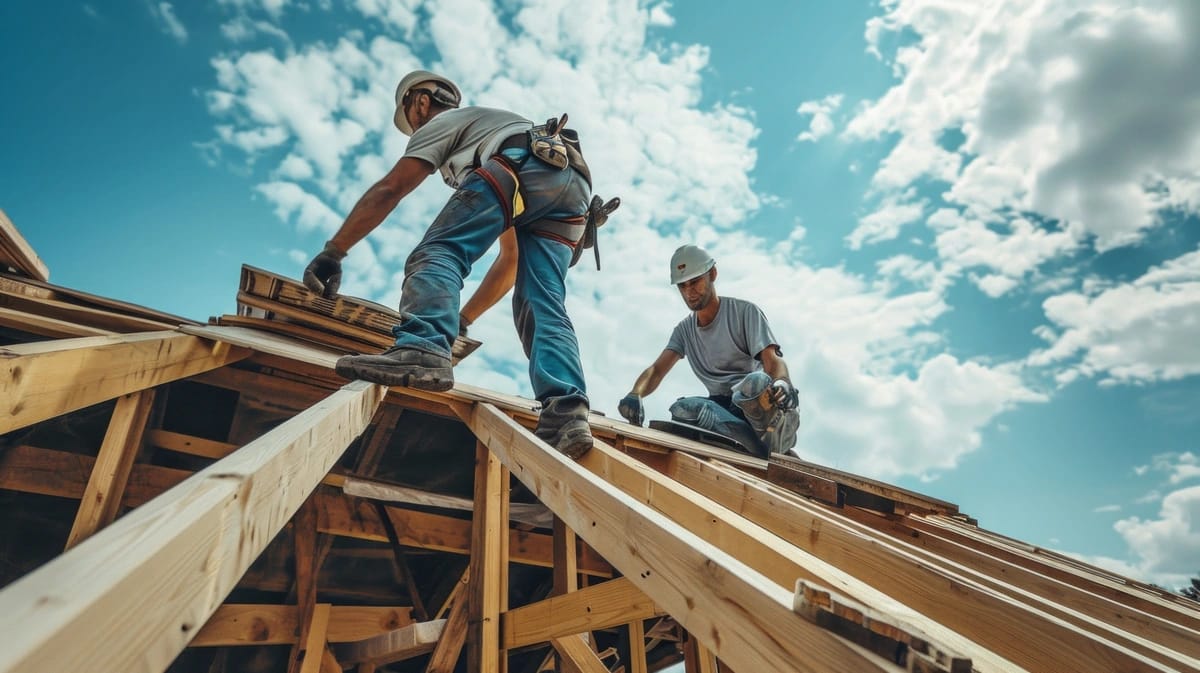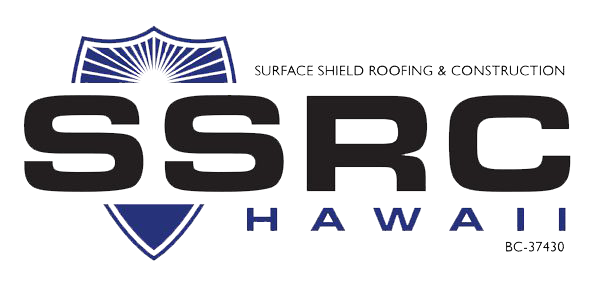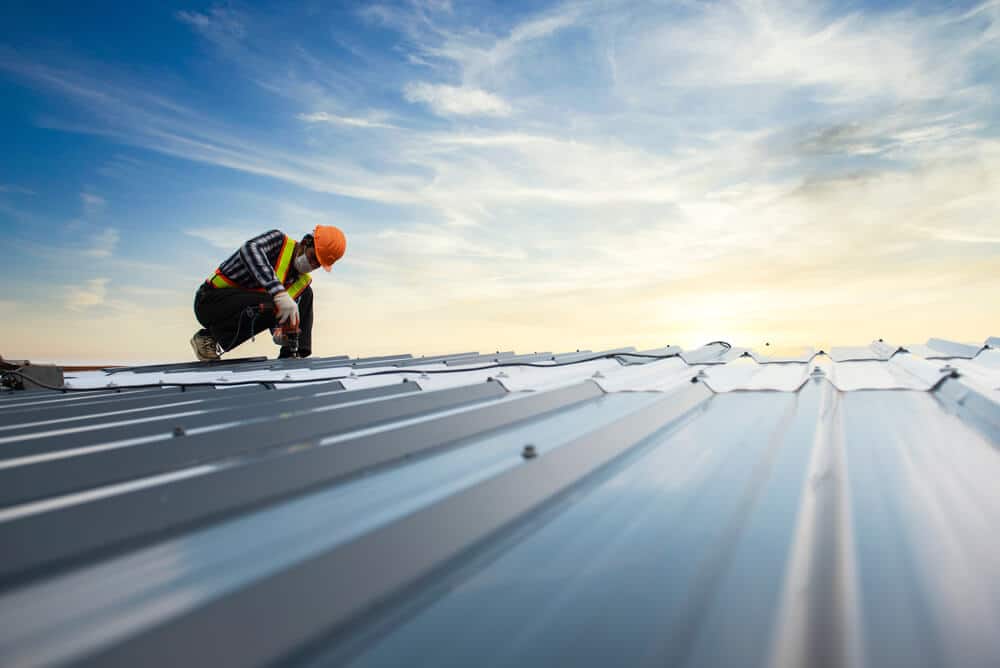Roofers Oahu: Skilled Contractors for Roof Installations and Repairs
Roofers Oahu: Skilled Contractors for Roof Installations and Repairs
Blog Article
Comprehending the Different Kinds Of Roofs: A Comprehensive Guide for Homeowners
With a variety of options-- varying from the standard gable to the contemporary flat-- each kind provides unique advantages and difficulties that must straighten with the house owner's certain demands and ecological considerations. As we discover the details of various roofing types, it becomes apparent that one size does not fit all; the appropriate selection may stun you.
Gable Roofs
Saddleback roofs, characterized by their triangular shape, are amongst the most popular roof covering designs as a result of their simplicity and effectiveness in losing water and snow. This style features two sloping sides that meet at a ridge, enabling for efficient drain and reducing the risk of water accumulation. The steep pitch frequently associated with saddleback roofs enhances their capability to handle hefty precipitation, making them suitable for different environments.
Along with their practical advantages, gable roof coverings offer aesthetic flexibility. They can be adjusted to numerous building designs, from traditional to modern-day homes. The design can additionally suit added functions such as dormer windows, which boost all-natural light and air flow in the attic room.
Furthermore, saddleback roofs supply enough area for insulation, adding to power performance. Home owners can pick from a variety of roof materials, consisting of asphalt tiles, steel, and floor tiles, further enhancing customization options.
Regardless of their benefits, saddleback roofs might call for extra support in areas prone to high winds or hefty snowfall. On the whole, the gable roof stays a preferred choice due to its blend of functionality, sturdiness, and aesthetic allure.
Apartment Roofs
Flat roofing systems are typically recognized for their minimal style and practical applications, especially in commercial and industrial settings (oahu roofing). These roofings include a virtually horizontal or horizontal surface, which enables very easy construction and flexible area usage. While they might lack the visual appeal of pitched roofing systems, level roofs supply countless advantages, specifically in metropolitan settings where maximizing area is critical
Among the primary benefits of level roof coverings is their availability. House owners can use the roofing space for various functions, such as roof gardens, balconies, or photovoltaic panel installments. Furthermore, flat roofings are normally a lot more cost-efficient to keep and install compared to their sloped counterparts, as they need less products and labor.
However, flat roof coverings do existing particular challenges. Appropriate drainage is vital to protect against water merging, which can result in leakages and architectural damages. For this reason, selecting premium waterproofing materials and regular examinations are vital for guaranteeing durability. Typical products made use of for level roofings consist of built-up roof covering (BUR), customized asphalt, and single-ply membranes, each offering distinctive benefits. On the whole, flat roofing systems function as a adaptable and useful option for several homeowners and organizations alike.
Hip Roofings
Hip roofings are characterized by their sloped sides that assemble on top, forming a ridge. This style stands out from gable roofing systems, as all 4 sides of a hip roof incline downwards toward the walls, giving a more stable framework. The angle of the slopes can vary, enabling convenience in building aesthetics and capability.
One of the main benefits of hip roofings is their capability to hold up against hefty winds and negative climate condition. The sloped surface areas enable better water drain, decreasing the danger of leaks and water damages. In addition, hip roofings supply enhanced why not try these out attic room area, which can be made use of for storage space or perhaps transformed into habitable locations.
However, constructing a hip roofing can be more complex and costly than less complex roofing system kinds, such as saddleback roofs. The added material and labor associated with developing the inclines and guaranteeing proper architectural integrity can result in higher expenses. Regardless of these drawbacks, lots of homeowners favor hip roofs for their resilience, aesthetic allure, and possibility for energy effectiveness.
Mansard Roofing Systems
Mansard roofing systems, usually identified by their special four-sided style, attribute two slopes on each side, with the lower incline being steeper than the upper. This architectural style, originating from France in the 17th century, is not just visually appealing however useful, as it makes the most of the functional room in the upper floors of a structure. The steep lower slope permits for more headroom, making it an ideal choice for lofts or attics, which can be exchanged living spaces.
Mansard roofing systems are identified by their versatility, suiting numerous building styles, from conventional to modern-day. They can be created with different materials, consisting of asphalt roof shingles, slate, or metal, giving house owners with an array of options to fit their preferences and budgets. In addition, the design enables the integration of dormer home windows, improving natural light and air flow in the top levels.
Nonetheless, it is necessary to think about the prospective disadvantages. Mansard roofings might require even more maintenance due to the intricacy of their design, and their high inclines can be testing for snow and rainfall drainage. Generally, mansard roofings integrate beauty with practicality, making them a prominent option amongst house owners seeking distinct building features.
Shed Roofs
As house owners progressively look for simpleness and capability in their architectural layouts, shed roofings have become a prominent selection. Characterized by a solitary sloping airplane, a shed roofing system provides a minimal aesthetic that enhances different home designs, from contemporary to rustic.
Among the primary advantages of a shed roofing is its straightforward building, which usually converts to decrease labor and material expenses. This design permits efficient water drainage, minimizing the threat of leakages and water damage. In addition, the upright incline provides ample area for skylights, boosting all-natural light within the inside.
Lost roofs also provide adaptability in terms of usage. They can be properly incorporated into enhancements, garages, or outdoor structures like pavilions their website and sheds. Moreover, this roofing system style can accommodate different roofing products, consisting of metal, asphalt shingles, or even environment-friendly roofing systems, lining up with green efforts.
Nevertheless, it is necessary to take into consideration regional climate conditions, as heavy snow tons may require adjustments to the roof covering's angle or framework. In general, dropped roofings provide a useful and visually pleasing choice for property owners looking to optimize capability without jeopardizing style.
Conclusion


Gable roofings, characterized by their triangular shape, find out here are among the most popular roof designs due to their simpleness and performance in shedding water and snow. oahu roofing. The steep pitch commonly associated with gable roofing systems improves their ability to handle hefty precipitation, making them ideal for numerous environments
While they might do not have the visual allure of pitched roofing systems, level roofs use numerous benefits, particularly in metropolitan atmospheres where making the most of area is vital.

Report this page